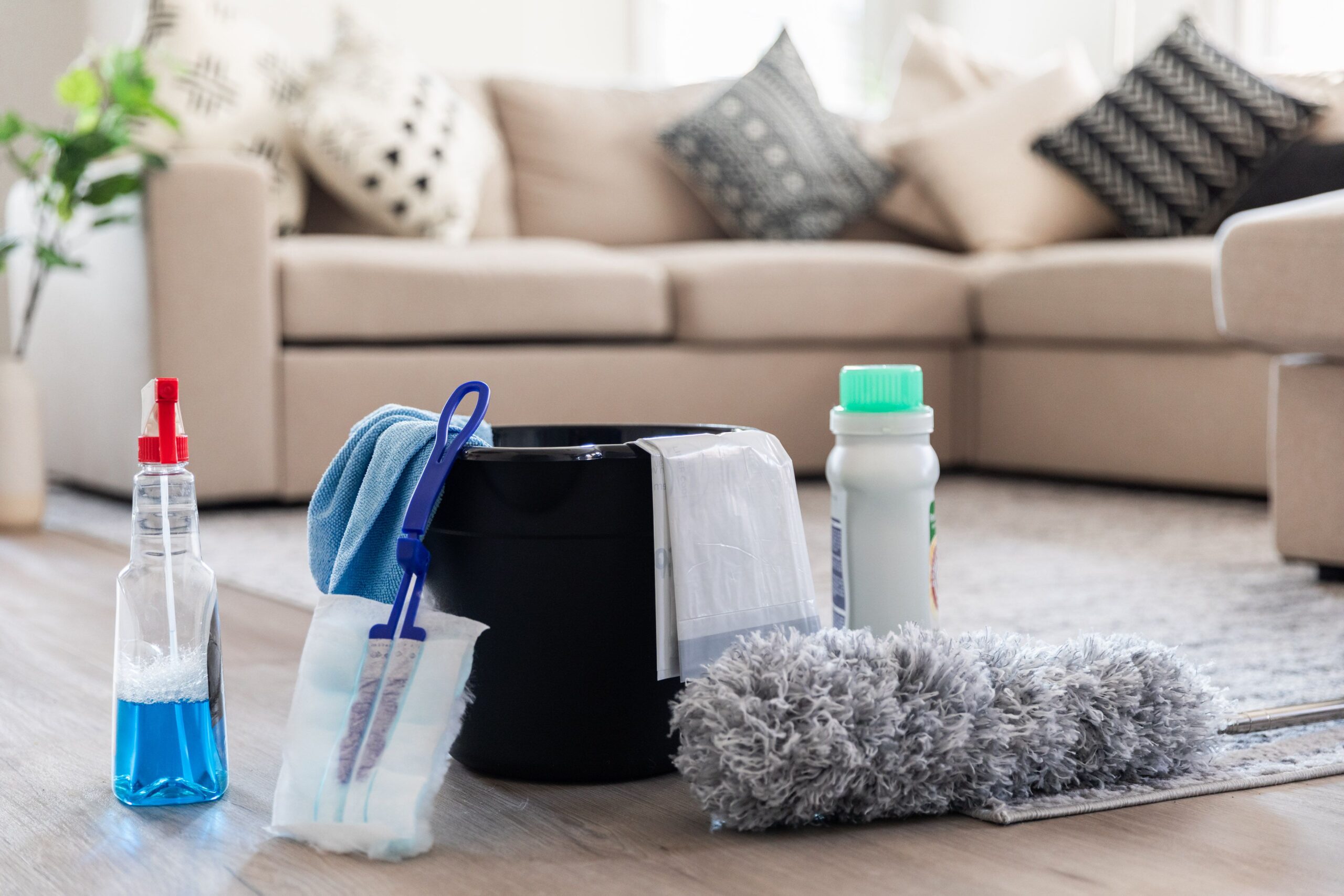The first thing visitors see about your house is its appearance. A clean facade leaves a lasting impression, whether it’s through the brightness of freshly cleaned siding, the sheen of clean windows, or the orderliness of your driveway and walkways. Beyond appearance, routine exterior cleaning protects your surfaces from long-term damage by halting the accumulation of dirt, mold, mildew, and other impurities.
It only takes regular upkeep and the appropriate methods to keep the outside of your home immaculate; costly upgrades are not necessary. You can improve your home’s curb appeal and preserve its value all year long with a little know-how and work.
Understanding Specialized Cleaning Needs
Many different surfaces aren’t to be the same, and cleaning techniques that are effective on one surface can be damaging to the other. Understanding the unique requirements for cleaning your exterior surfaces is essential. Vinyl, brick, stone render, painted wood have different strengths and limitations. The use of a universal size can result in dull colors and surface scratching and even wear to the structure.
If the finish of your home has render, you’ll require an approach that is specifically designed for the surface. Many homeowners are shocked to discover how important the use of gentle techniques is when it comes to this This is the reason why services such as render cleaning Liverpool offer low-pressure treatments which lift off dirt and growth without causing harm to the surface. With the help of experienced experts, your render will be returned to the original brightness, while keeping its durability.
Begin by conducting a thorough inspection
Before you get the Pressure washer, or using a scrubbing tool go for a stroll through your home to examine the exterior of your home for any signs. Check for evidence of mold, algae spider webs, efflorescence and water staining. Be aware of corners, areas with shade and areas close to vents or downspouts, since these areas tend to store more moisture and debris.
Find out the components involved like the type of siding, roofing fabric, frame for windows and driveway surfaces for you to select the right cleaning products and tools. Note any peeling paint, cracks or caulking that is damaged and could require repairs before beginning the cleaning process. Making these repairs ahead of time will prevent water from entering and wear and tear during cleaning.
Choosing the Right Cleaning Equipment
Choosing the right tools is essential. For the majority of homeowners, a mix of low-pressure washers as well as soft bristle brushes and garden hoses that have adjustable nozzles can be used to complete most tasks. High-pressure washers must be used with caution or only with surfaces that be able to handle them, like brick or concrete.
Use only non-toxic chemicals when required. A lot of effective cleaning products are biodegradable, and specially designed for outdoor materials. For instance, oxygenated cleaning solutions can remove organic stains on sidings and decking, without harming plants or landscaping.
If you’re dealing with window cleaning, make use of an squeegee or a microfiber cloth instead of paper towels to prevent streaks and dust. For gutters, an ladder, gloves and the small scoop or trowel suffice, although special vacuum attachments are also available.
Tackle One Section at a Time
Systematically plan your cleaning tasks. Start at the topmost point, which is usually the gutters or roofline then work your way down. This stops dirty runoff from contaminating areas that you’ve cleaned. This gives you the chance to recognize areas that require extra focus or a second go.
Begin by Dry brushing and sweeping off the loose dirt and debris. After that, dampen your surface, and then apply proper cleaning solution. It should be left for the appropriate period of time to dissolve dirt before washing or scrubbering. Do not rush through this step and be patient. It is often the case that patience leads to greater results, and requires less effort.
Managing Mold, Algae, and Mildew
One of the most enduring issues in exterior maintenance is the growth of biological organisms. Mold, mildew and other algae are at home in humid conditions, with shade, and especially on walls facing north, under eaves, and in close proximity to plants. The organisms stain surfaces and may weaken finishes. They can also promote further decay.
To address these areas, apply the right cleaner that is specifically designed to promote organic growth. Apply the solution liberally and let it soak before lightly rubbing or washing. For renders or other finishes that are delicate use soft wash techniques to avoid damage.
Don’t Forget Driveways, Walkways, and Fences
The exterior of your home is more than walls. Fences, driveways, walkways and patios are all contributing to the appearance as well as feel of the home. These spaces often accumulate dirt, oil, and weather-related debris, which detract from the appearance of your home.
Apply a degreasing solution to the appearance of oil spots on concrete as well as a pressure washer to clean driveways or pavers when they are in good shape. For decks and fences made of wood A gentle power wash and a brightening product will restore the color and eliminate mildew.
The maintenance of your exterior home clean is not just an aesthetic effort it’s a way of protection that is ongoing and a sense of pride in owning. With the right equipment materials, maintenance schedule, and schedule, you’ll be able to preserve the beauty and value of your exterior home for long. If you know when to do it yourself and when to call in experts, you can keep each surface in good shape and get the maximum functional and aesthetic benefits of a well-maintained house.


